Photographs: BMW website. Preeti Khicha
Within two years of entering the Indian passenger car market in 2007, BMW toppled rival Mercedes-Benz to become the numero uno luxury car maker of the country. In 2010, the company recorded a 73 per cent growth in sales volume, maintaining its leadership position in the category. In conversation with Business Standard, BMW India President, Dr Andreas Schaaf, outlines the company's India strategy and the reasons for its phenomenal success. "My goal is to establish the foundation for the future organisation," he says.
The secret behind BMW's success in India
Image: BMW X1. . .
The secret behind BMW's success in India
Image: BMW X3.The fact that BMW is aimed at a target group that drives the future of the country has definitely helped us. There are a few things that have helped us be different - the product, marketing, dealership network as well as the spirit of the people (employees). Also, the BMW brand is highly attractive for people who have a modern view of things. We are perceived as a dynamic, sporty, innovative and aesthetic brand, and hence we've have done well with a younger target group. The average age of the BMW buyer in India is 40 years. Instead of having a huge advertising spend, it makes more sense to us to develop more touch points where people can have a personal connect with the brand. For example, if you walk into a BMW dealership today, you will see that the place is sophisticated and you will be treated in a certain way.
The secret behind BMW's success in India
Image: The BMW M6 Coupe.
The secret behind BMW's success in India
Image: BMW M3 Convertible.
The secret behind BMW's success in India
Image: BMW X5.
The secret behind BMW's success in India
Image: BMW X6 Sports.India is a strong financing market and 80 per cent of the cars that we sell are financed. The financing option plays a very crucial part in the buying process, and that is the reason we set up the BMW Finance service.
Going ahead, I think this will help us create finance products that are made to measure. Also, it is all about speed -today if we want to create a finance product, we can do it very quickly since it is within the company and you can immediately receive feedback for it.
The secret behind BMW's success in India
Image: BMW 7 Series Sedan.There are certain tools and methodologies you can use but they all have their limitations. We can look at the number of cars that have been sold as well as the various price points, but this neglects the psychological aspect of the business.
Given that, sometimes you can experience very surprising numbers. I think we have achieved in the second year what we put in the business plan for the fourth and fifth year.
The secret behind BMW's success in India
Image: BMW Z4 Roadster.
The secret behind BMW's success in India
Image: BMW M3 Convertible.
The secret behind BMW's success in India
Image: BMW M3 Coupe.
The secret behind BMW's success in India
Image: BMW X6.These are minor changes to guarantee that products are running without any fault.
The secret behind BMW's success in India
Image: BMW X1.The launch of the X1 was an important part of our product strategy. If you look at our product portfolio in India, we have covered the entire range except the entry level.
We believe that when you enter a new market, the business does not start with entry models. Our experience shows if you enter a market which has a relatively small target group, you need to build a premium image for the brand through the high-end models.
We thought the X1 is the perfect car for the Indian market since it is SUV (sport utility vehicle) style - has the ground clearance. But this is not the end so far as launches in the segment are concerned. As the market grows and fragmentation continues we will launch products across segments as well.
For example, one thought no one will buy a convertible in Korea. But we went ahead and launched the 3-series convertible and it sold 500 in the first year. The world has changed dramatically and everything is in a flux. There are no given patterns these days and therefore you should not have pre-conceived notions.


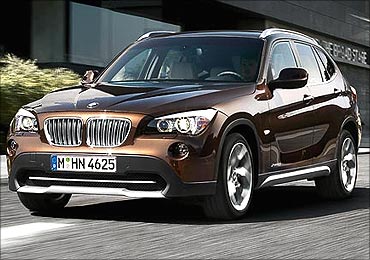
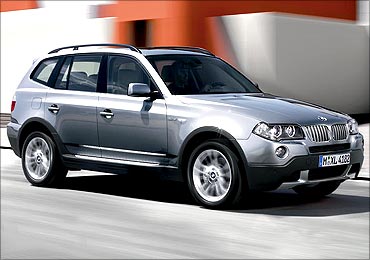
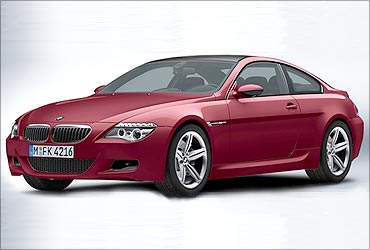

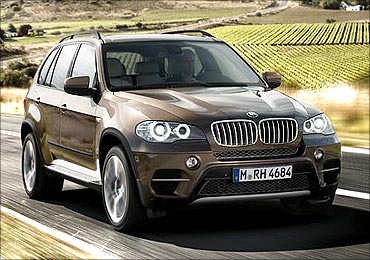
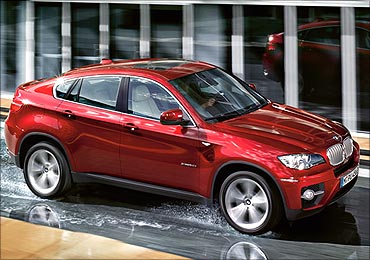
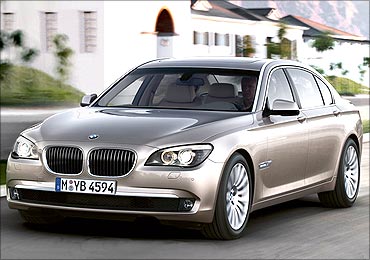
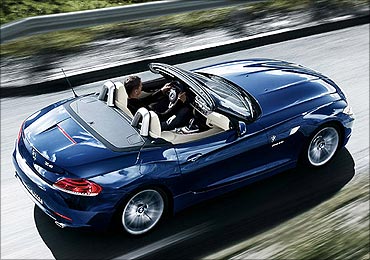
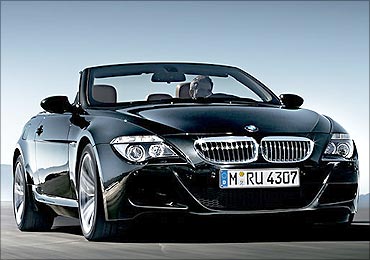
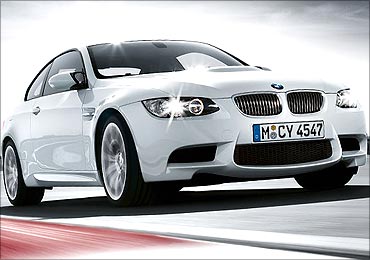
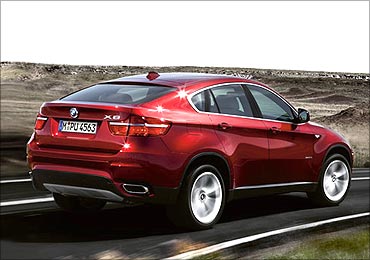
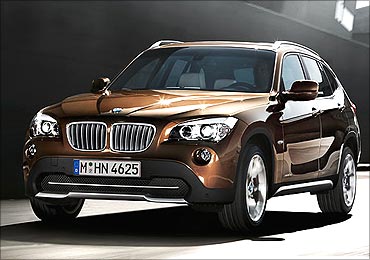
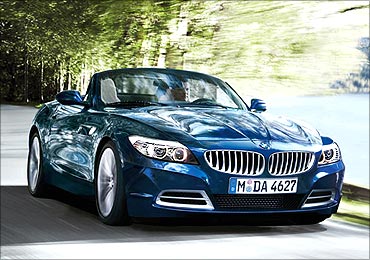

article